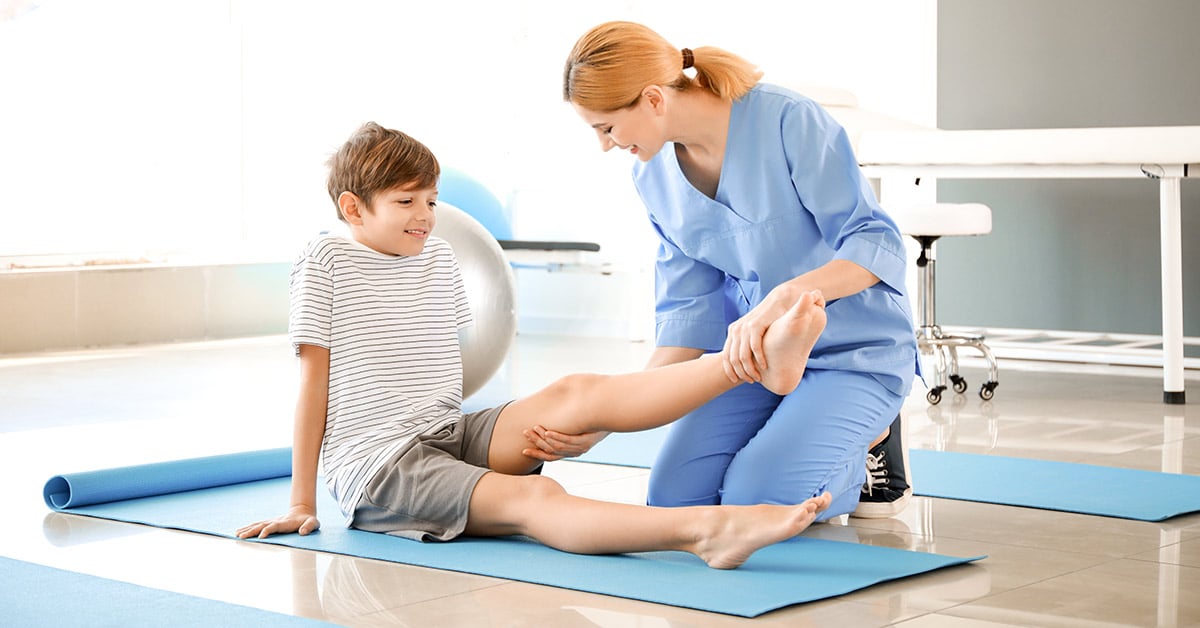Investigating the Diverse Methods of Physiotherapeutic Therapy for Enhanced Recovery and Rehabilitation
Investigating the Diverse Methods of Physiotherapeutic Therapy for Enhanced Recovery and Rehabilitation
Blog Article
Physiological rehabilitation is an important discipline that assists individuals recover from injuries, operations, and various health conditions. It involves a variety of techniques aimed to enhance mobility, alleviate pain, and enhance general bodily function. Physiotherapy practitioners are trained professionals who evaluate each client’s needs and create personalized care strategies. These programs often consist of workouts, hands-on therapy, and education about body mechanics. By employing these diverse techniques, physiotherapy can substantially enhance a person’s standard of living.
One common technique used in physiotherapy is rehabilitative activity. This involves specific movements and activities that help strengthen muscles, improve range of motion, and boost endurance. For instance, a client recovering from leg operation may engage in exercises that focus on restoring strength in the leg muscle groups. These activities are meticulously chosen based on the patient’s status and objectives. By incrementally boosting the difficulty and challenges of the exercises, physical therapists can help clients recover their strength and mobility over a period.
Another crucial method is manual treatment, which includes hands-on methods to manipulate the body’s soft muscles and joints. This can involve flexibility exercises, mobilization, and massage. Hands-on treatment aims to relieve pain, minimize inflammation, and improve blood flow. For instance, a practitioner may use light force to ease tension in stiff muscle groups or to help a articulation move more freely. This method is often integrated with other treatments to improve recovery and encourage recovery. Patients often consider manual therapy to be a relaxing and beneficial way to manage their discomfort.
In furthermore to workouts and hands-on therapy, education plays a vital part in physical. Practitioners instruct patients about their issues and how to handle them effectively. This may entail guidance on correct posture, body mechanics, and strategies to prevent future injuries. For example, a practitioner might demonstrate a patient how to find more raise heavy items safely to prevent injuring their back. By enabling clients with knowledge, physiotherapy therapists assist them take an engaged part in their recovery and promote sustained wellness and fitness.
Finally, technological advancements is increasingly being integrated into physical practices. Tools such as sonography, electrical impulses, and immersive reality can enhance conventional treatment methods. These tools can help alleviate pain, promote recovery, and provide interactive ways for patients to engage in their rehabilitation. For instance, immersive reality can generate immersive settings for clients to practice movements in a controlled and protected setting. As advancements continues to develop, it offers promising possibilities for improving recovery results in physical.
In summary, physical encompasses a range of techniques that function together to support rehabilitation and rehabilitation. Through rehabilitative exercises, hands-on treatment, patient instruction, and the use of technological tools, physical therapists offer comprehensive treatment tailored to each patient’s needs. This holistic approach not only helps clients regain their physical capabilities but also empowers them to sustain their well-being in the long run. As more individuals recognize the advantages of physiotherapy, it continues to serve a vital role in the pathway toward improved health and fitness.